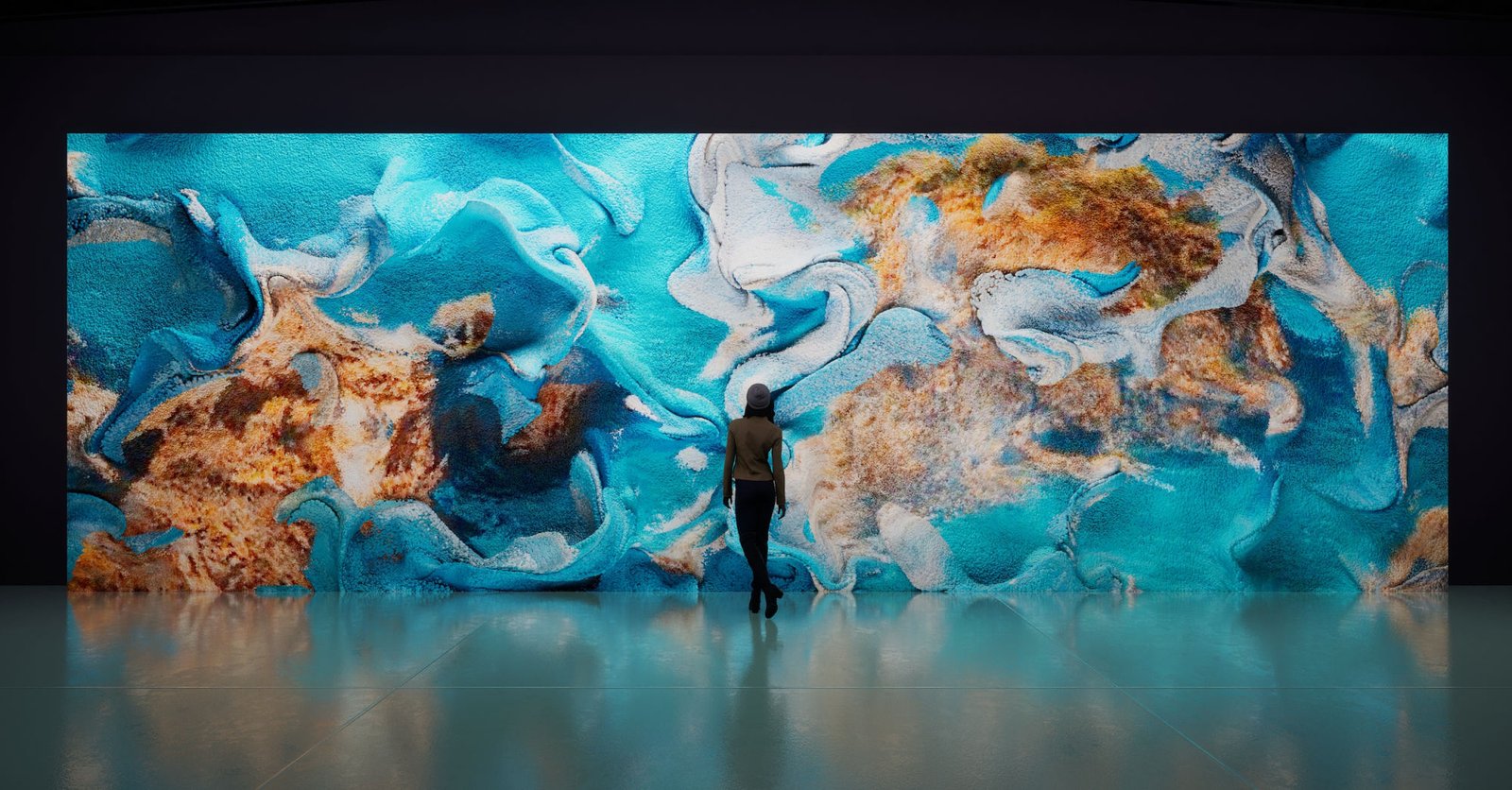Cally Chan and Gillian Howard on AI and The Future

This year’s Women of Power honourees talk about the opportunities, limitations and applications of artificial intelligence in art and business.
The initials AI – artificial intelligence – are on everyone’s lips. With the rapid advances in natural language- processing engines such as OpenAI (more than 95 percent of whose employees are, at the time of writing, in revolt and demanding the board’s resignation), the operational landscape of many businesses is changing.
Similar developments are taking place in the worlds of art and entertainment, where some key players seem eager to use the tool to advance their work, cut costs or increase productivity. The public discourse surrounding such choices has been polarising: when it transpired that Disney, for example, used AI-generated images in the opening credits of its Secret Invasion series, netizens erupted in a weeks-long fracas over the ethics of such a move and how it would affect artists and graphic designers, many of whom are having difficulties finding employment. As in many such cases, it generated lots of noise, but few concrete solutions.
Regardless of how the public debate plays out, more often than not history tells us that the technology wins out. And with AI increasingly disrupting the art and tech sectors, we seek perspectives from two Women of Power on how this is likely to affect gender representation in these two fields where the balance is already disproportionately weighted towards men.

“This is a golden moment for women in tech,” says Cally Chan, general manager of Microsoft Hong Kong and Macau. “Technology is relevant to everyone, and because women account for at least 50 percent of the world’s population, we need a similar demographic of professionals in the technology field. Companies are recognising the value of diversity and may even prefer women in tech roles. Given that technology is ubiquitous, the demographic mix in the tech industry must mirror that of the world population.” She also adds that, as AI and Big Data (data sets that are too large to be dealt with by traditional data-processing software) become part of our daily lives, it’s more important than ever to master the skills that can’t be delegated, such as emotional intelligence and flexibility.

Digital Art Fair founder Gillian Howard chose AI art as the focal point of this year’s fair, a decision seemingly influenced by both demand and personal interest. “At Digital Art Fair, we focus on new technologies,” she says. “I believe this is something worth researching and putting out for collectors to understand.”
The subject of AI in art can only be discussed in context. Although bad press has been heaped upon platforms such as Midjourney and Nvidia’s Canvas AI, and there’s an abundance of primitive tools that translate text prompts into images and quick, unskilled sketches into “artworks”, Howard believes AI art is much more than that. “The highest level of AI is related to building a whole algorithm,” she says. “[The Turkish-American] artist Refik Anadol, for instance, builds systems that are qualified to be called supercomputers and, on finding a subject he’s interested in, the system pulls the associated images into the algorithm and creates an ever- changing video.” This is a subset of AI art also known as generative art – and creating such pieces requires a good bit more than simply pushing a button (as is the case with Midjourney).

But are there more opportunities for women in AI art compared to traditional art? Certainly not yet. “There aren’t enough female artists in the field,” says Howard. “However, there’s one I’d like to point out. Krista Kim creates a lot of spatial work in which she explores the future of humanity.” Kim is also the first metaverse artist to have her work acquired by the Los Angeles County Museum of Art (LACMA). Another artist she mentions is Bianca Tse, whose AI-generated images explore the phenomenon that was Kowloon Walled City.
Howard, who before launching Digital Art Fair worked at Blue Lotus Gallery and Erarta Museum, and also handled a few private collections, believes art institutions are still too set in their ways to give AI art a fair shot. She explains that some displays and immersive installations at the fair cost millions of dollars, and that galleries or museums would never approve such projects because of the associated risks.

But what about AI as a tool to solve the issues of inequality faced by women in the workplace? “AI itself is neutral,” Chan says. “It isn’t designed to address the needs of a particular group.” Rather, she suggests, it should be used as an equaliser. “Without careful planning, AI can amplify societies’ biases. However, AI also presents an opportunity to consider what values we’re reflecting in our systems and ensure that our systems treat everyone fairly.” A great challenge associated with AI, Chan believes, is learning how and when AI systems that reflect and amplify societal biases must be mitigated.
“To ensure our AI systems treat everyone fairly,” she says, “we promoted responsible AI with six principles: fairness, accountability, inclusivity, reliability, privacy and transparency.” In a society founded upon biases, such tasks remain quite a feat. It seems that, under Chan’s guidance, Microsoft is exploring charity applications of AI as part of its AI for Humanitarian Action programme. “Aside from empowering enterprises to unlock business opportunities, we’re keen on supporting people in need, upskilling everyone with digital skills and promoting ESG goals,” she says. “Microsoft believes that technology is a powerful force for good and is working to foster a sustainable future where everyone has access to the benefits and opportunities created by technology.” One of the programme’s initiatives includes donating refurbished laptops and PCs, and tailoring courses on AI and STEM that meet the needs of the underprivileged.
Worth repeating ad nauseam is that, much like any technology, AI is simply a tool – a tool businesses will need to apply to remain competitive and a tool some artists might find useful in expressing their vision more accurately. But until its limits are tested and legislated, the verdict must be: handle with care.
Source: Prestige Online



